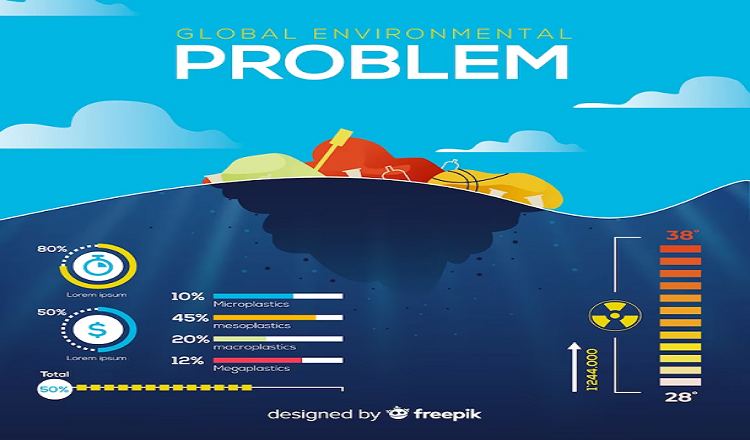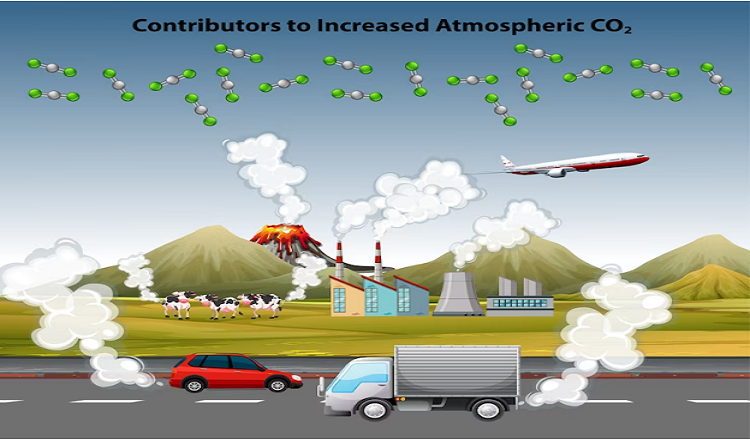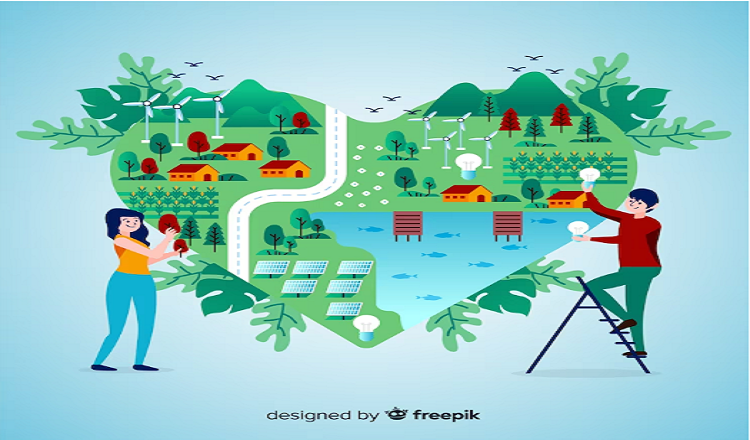Even though we’d all like to think that everything is sunshine and rainbows, the harsh truth is that our planet is presently going through some significant changes that could have disastrous effects. The impact of increasing sea levels on coastal communities around the world is one of the most urgent problems we currently face.
There is no doubt that the oceans are rising at an alarming rate, and if we don’t act soon, the results might be gravely disastrous. Rising sea levels not only put many coastal towns’ very survival in jeopardy, but they also pose a serious threat to the international economy and our way of life. Because of its extensive coastline, the United States is particularly vulnerable to the consequences of rising sea levels, and the problem is getting worse by the day.
Even while the subject of rising sea levels may sound like it belongs in a science fiction film, it actually affects all of us. We’ll delve more deeply into the problem in this blog article and go into its origins, repercussions on American coastal cities, and mitigation measures. So fasten your seatbelts and prepare to discover why sea level rise is no funny issue.
Causes of sea level rise
There are several causes of rising sea levels in the United States, but global warming is unquestionably the main one. The rate at which the polar ice caps are disappearing is frightening as global temperatures rise. In turn, this is causing sea levels to increase, endangering coastal villages and cities. The issue is being made worse by the additional contribution of melting glaciers and ice sheets. Sea levels have risen by almost 8 inches since the late 1800s, with more than 3 inches of that rise occurring in only the previous 25 years, according to a study by the National Oceanic and Atmospheric Administration. The data and statistics clearly show how serious the problem is and how vital it is to take quick action to address it.
Effects of Increasing Sea Levels on US Coastal Cities
Coastal cities in the USA are being severely impacted by rising sea levels, and the effects are getting worse. With many cities facing higher tides and storm surges that harm houses and infrastructure, coastal flooding is a significant problem. Another major issue is erosion, which occurs when approaching waters cause coastal districts to lose valuable land and natural habitats. Furthermore, there is growing concern over the likelihood of storms and hurricanes in coastal areas due to the increased frequency and intensity of meteorological events that cause extensive harm and devastation. Rising sea levels place cities like Miami, New York, and Boston at a substantial risk of floods and coastal erosion, making them particularly vulnerable to these effects. With each passing year, it is evident that the effects of increasing sea levels are worsening, underscoring the urgent need for action to solve the issue before it is too late.
Environmental Impacts of Rising Sea Levels
Environmental damage is being caused by rising sea levels in the USA. The loss of habitat and biodiversity is one of the most important effects. Ecosystems like wetlands and mangroves are disappearing as sea levels rise, obliterating many species’ habitats and decreasing biodiversity. Increased ocean acidification, which is a result of increasing sea levels, can have a significant impact on marine life and cause coral bleaching and the extinction of shellfish species, among other things. The effect on wildlife is especially worrying since it may cause food chains to break down, which could damage anything from tiny fish to larger carnivores. It is obvious that there are numerous and far-reaching implications of increasing sea levels on the environment, and that immediate action is required to lessen these effects.
Initiatives to Reduce Sea Level Rise
In the USA, actions are being taken to lessen the effects of increasing sea levels. Implementing adaptation measures, such as erecting sea barriers and elevating infrastructure, is one of the main tactics. With these solutions, vulnerable coastal towns and cities will be shielded from flooding and other effects of sea level rise. Changes are also being made to laws and policies to lessen carbon emissions, which are a key cause of global warming and, consequently, increasing sea levels. By driving less, using renewable energy sources, and consuming less meat and dairy products, individuals can also take action to reduce their carbon footprint. It is obvious that a multifaceted strategy is required to reduce the effects of sea level rise, and that both individual and governmental action is essential.
Challenges in Combating Sea Level Rise
In the USA, there are several obstacles to overcome in order to lessen the consequences of increasing sea levels. Political and economic opposition, which results from some governments and corporations being reluctant to put legislation into place or invest in infrastructure modifications that could help cut carbon emissions and defend against sea level rise, is one of the main barriers. The public is frequently unaware of the gravity of the problem and the necessity of taking immediate action. Last but not least, a major issue is a lack of financing, as many towns and localities lack the means to put adaptation plans into place or make essential infrastructure upgrades. It is obvious that in order to overcome these obstacles, society as a whole will need to work together and prioritise addressing this pressing problem.
Conclusion
In conclusion, coastal towns all around the world, including those in the USA, are seriously threatened by increasing sea levels. Global warming, the melting of glaciers, and ice sheets are the main contributors to rising sea levels, which have resulted in erosion, flooding, and a higher risk of storms and hurricanes. The environmental effects have been severe, leading to habitat loss, biodiversity loss, and increased ocean acidification. Despite initiatives to lessen these effects, problems like political and economic hindrances, a lack of public knowledge, and inadequate funding continue to be major roadblocks.
It is imperative that we act now to alleviate the implications of increasing sea levels. We must promote adaptation strategies like elevating infrastructure and erecting coastal walls, as well as lowering carbon emissions through governmental and societal changes, as well as individual acts. It’s time to give this problem top priority and allot the required funds in order to protect the environment, coastal towns, and human prosperity. The time to act is now; we cannot afford to put it off much longer. All readers are urged to support efforts to reduce sea level rise and take steps to safeguard the environment.
Read More You May Like:











